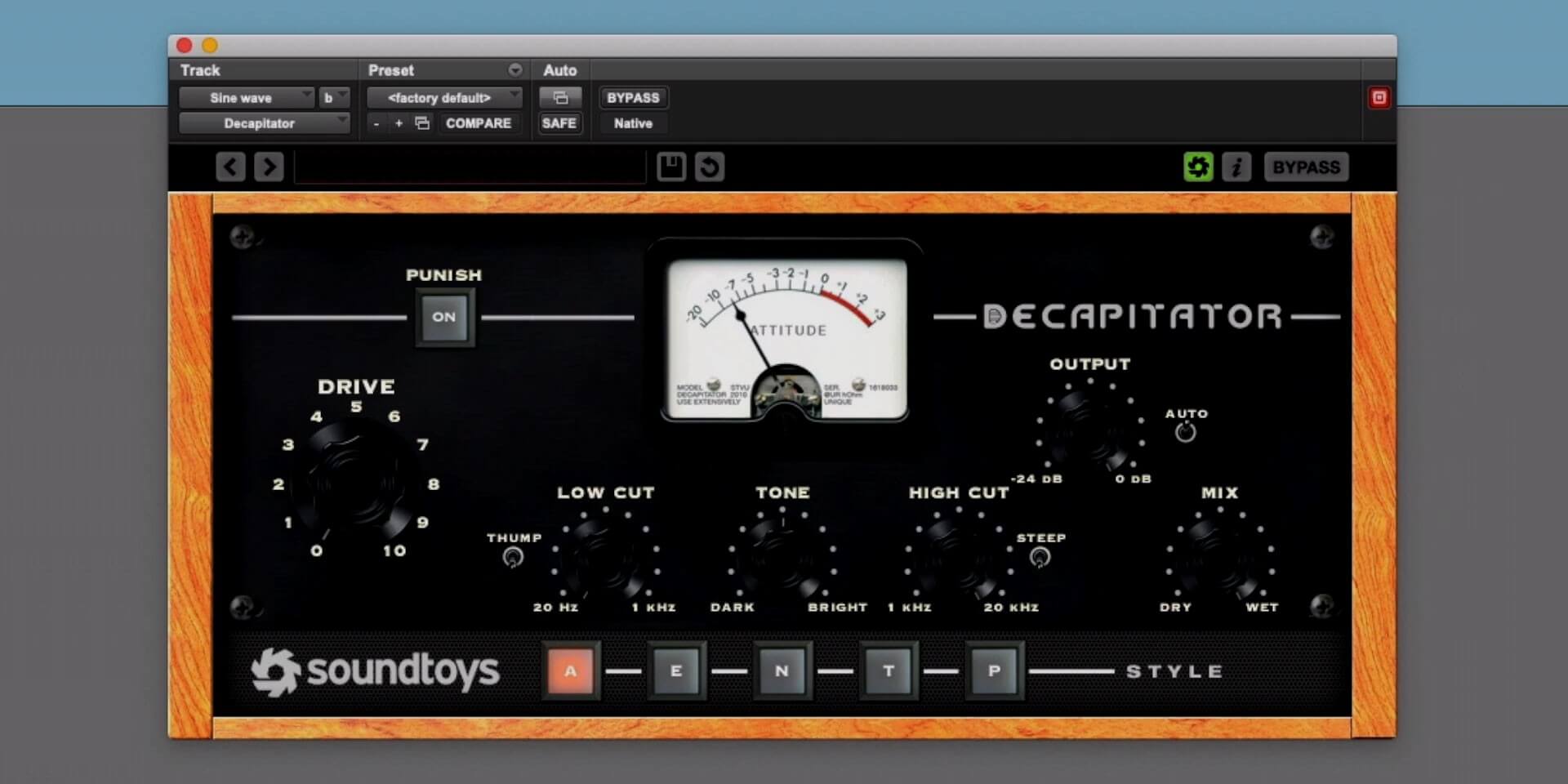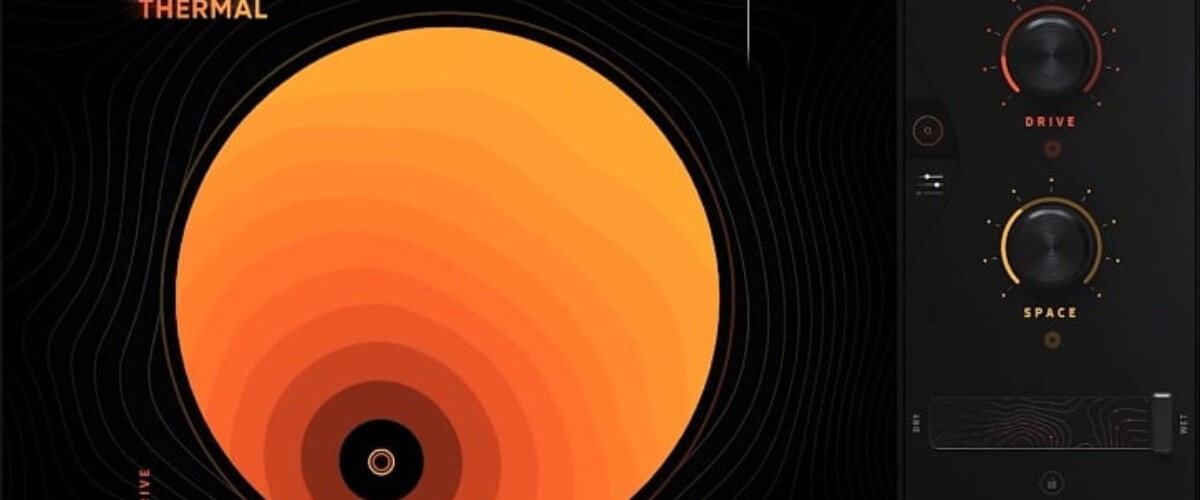What Is Distortion In Music: Beginner’s Guide

Have you ever heard a song that just didn’t sound right? You might have thought that the audio was distorted. But what does that mean? In this beginner’s guide to distortion in music, we’ll define distortion and explore its various types. So, whether you’re a seasoned musician or just starting, read on to learn more about distortion!
What is distortion?
Distortion is a change to the shape of an audio signal. It can happen in different ways, but clipping is one common type. Clipping happens when the audio signal is too powerful for the system it’s being played on, so some sounds get cut off.
In the early days of audio technology, people disliked distortion because it made the sound unclear. In the digital world, this still happens to some extent. However, many modern engineers and producers know you can use that distortion to make a sound louder. It can also add more excitement and power to a signal.
Types of distortion

Clipping
If the audio signal is too loud, it will go beyond the system’s maximum level and create distortion. In digital recording and mixing, clipping is one form of distortion to watch out for because it often produces a terrible sound. However, many engineers deliberately use a small amount of clipping to give clean signals a punch and punch. In addition, clipping can add a little crunch and character to signals when needed.
Tape saturation
Tape saturation is a type of distortion that can make the signal sound different in a good way. It also makes sounds smoother and adds compression, making the audio sound warmer or more nostalgic.
Impedance mismatch
An impedance mismatch occurs when the impedance of an output signal creates a higher impedance value than can be accepted as a particular input. For example, a high-impedance guitar cable connected to a low-impedance microphone input may result in distorted sound. With an impedance mismatch, you often get a distorted tone and a lot of unwanted noise.
Overdrive
Overdrive is a prevalent distortion that sits right in the middle between saturation and pure distortion in terms of aggressiveness. We like to think of overdrive as a controlled form of clipping. People use this effect on almost everything, from power instruments to vocals.
Distortion
Distortion makes your signal sound more aggressive. It is an effect often used with electric guitars in rock and metal music.
When to Use Distortion in Music
If you want to make your mix sound more exciting, distortion can help. When you add distortion to a sound, you add new frequencies that can make it sound richer and more full. If you’re having trouble hearing something in your mix, and increasing the volume or using EQ doesn’t help, try adding saturation or distortion instead.
Distortion can change the sound of a waveform in many ways. Some of the ways distortion can change a sound are by making it louder or by making it darker. Some of the original information is lost when a waveform is distorted too much. It can make the sound very satisfying to listen to, and you can create unique sounds this way. However, if you distort the waveform too much, it will create a lo-fi tone.
The Best Distortion Plugins

Soundtoys Decapitator
This plugin is popular because it can create a lot of distortion. There are five modes to choose from, each giving a unique type of distortion. You can use this to make your music sound like it was made on an old British console or with vacuum tubes. This plugin can add subtle saturation or face distortion to your sound. It has an auto equalizer that keeps the output level the same, no matter what changes you make. Plus, it has a classic style that will make your music sound even better.
Waves Abbey Road Saturator
These distortion plugins inspired by the saturation units used at Abbey Road Studios. You can use it to add warmth and character to your music. There are two different types of distortion, which can be used to create different sounds. This plugin is great for adding a vintage sound to your music.
Softube Saturation Knob
The plugin has three unique clipping modes and an Intensity knob that is impossible to miss. All this makes it easy to add saturation to one sound or mix. The result is a very pleasant and musical distortion that will make your music sound even better.
Native Instruments Replika
This plugin can be used to add different types of distortion to your music. It has five different modes, each one giving a unique type of sound. This plugin is great for adding depth and width to your music. Plus, it has a very easy-to-use interface that makes it perfect for beginners.
Thermionic Culture Vulture
It is one of the most iconic forms of hardware saturation on the planet. It’s incredibly authentic, allowing you to clip, distort and saturate your sounds in any way you see fit. The plugin includes a model of the original hardware and an updated version with new features. It is a must-have for anyone looking to add some severe distortion to their music.
